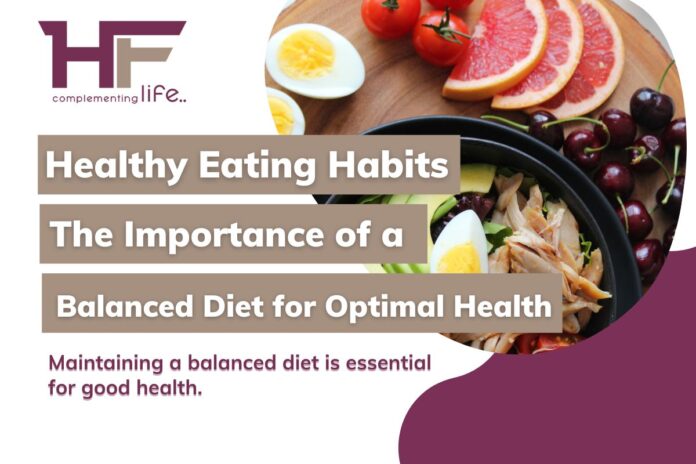
In today’s health-conscious world, customizing your diet plan is essential for achieving optimal health. A one-size-fits-all approach rarely works when it comes to nutrition. Personalization can lead to more effective results, improved well-being, and a sustainable lifestyle change. Here’s a guide to help you tailor your diet plan to meet your specific health goals, preferences, and needs.
Understanding Your Nutritional Needs
Before diving into diet customization, it’s crucial to understand the basic principles of nutrition and how they apply to your body. Nutritional needs vary based on several factors:
- Age and Gender: Nutritional requirements change throughout life and differ between men and women.
- Activity Level: Sedentary individuals have different needs compared to those who are highly active.
- Health Conditions: Chronic conditions like diabetes or hypertension require specific dietary adjustments.
- Goals: Whether you’re aiming to lose weight, build muscle, or improve general health, your diet should align with these objectives.
Step 1: Assess Your Current Diet
Start by analyzing your current eating habits. Keep a food diary for a week to track everything you consume. Pay attention to:
- Meal Patterns: Are you eating regular meals and snacks?
- Nutrient Intake: Are you getting a balanced mix of macronutrients (carbohydrates, proteins, fats) and micronutrients (vitamins, minerals)?
- Portion Sizes: Are your portions appropriate for your needs?
Step 2: Define Your Health Goals
Clearly define your health goals. Whether you want to lose weight, gain muscle, or simply maintain your current weight, your diet plan should support these goals. Here are some common goals and the corresponding dietary strategies:
- Weight Loss: Focus on creating a calorie deficit through balanced meals, portion control, and increased physical activity.
- Muscle Gain: Increase protein intake and ensure you’re consuming enough calories to support muscle growth and recovery.
- Improved Energy Levels: Opt for a diet rich in complex carbohydrates, healthy fats, and lean proteins to maintain steady energy throughout the day.
Step 3: Choose the Right Foods
Select foods that align with your goals and dietary preferences. A well-rounded diet includes:
- Fruits and Vegetables: Rich in vitamins, minerals, and fiber. Aim for a variety of colors and types to ensure a broad spectrum of nutrients.
- Whole Grains: Opt for whole grains over refined grains to increase fiber intake and maintain stable blood sugar levels.
- Lean Proteins: Include sources like chicken, fish, beans, and tofu. Proteins are essential for muscle repair and growth.
- Healthy Fats: Incorporate avocados, nuts, seeds, and olive oil to support heart health and hormone production.
Step 4: Personalize Your Meal Plan
Customization is key to creating a sustainable diet plan. Consider these tips for personalization:
- Allergies and Intolerances: Avoid foods that trigger allergies or intolerances to prevent adverse reactions and discomfort.
- Cultural Preferences: Include foods that align with your cultural preferences to make the diet enjoyable and easier to stick to.
- Lifestyle: Your meal plan should fit into your daily routine. For instance, if you have a busy schedule, consider meal prepping or easy-to-make recipes.
Step 5: Monitor and Adjust
Regularly assess your progress and make adjustments as needed. Factors to monitor include:
- Physical Changes: Track changes in weight, muscle mass, and overall fitness.
- Energy Levels: Note how your energy levels fluctuate throughout the day.
- Mood and Well-being: Observe any changes in mood or overall well-being that could be related to your diet.
Expert Advice for Effective Customization
To further enhance your diet plan, consider these expert tips:
- Consult a Dietitian: A registered dietitian can provide personalized advice and help create a plan tailored to your specific needs.
- Stay Hydrated: Adequate water intake is crucial for overall health and can impact how effectively your body processes nutrients.
- Balance and Moderation: Aim for a balanced approach to avoid extreme diets that may lead to nutrient deficiencies or unsustainable results.
Conclusion

Customizing your diet plan is an empowering step toward achieving optimal health. By understanding your nutritional needs, setting clear goals, choosing the right foods, and personalizing your approach, you can create a diet that supports your individual health journey. Remember to stay flexible and make adjustments based on your progress and evolving needs. With the right strategy, you can enjoy a healthier, more fulfilling lifestyle.




